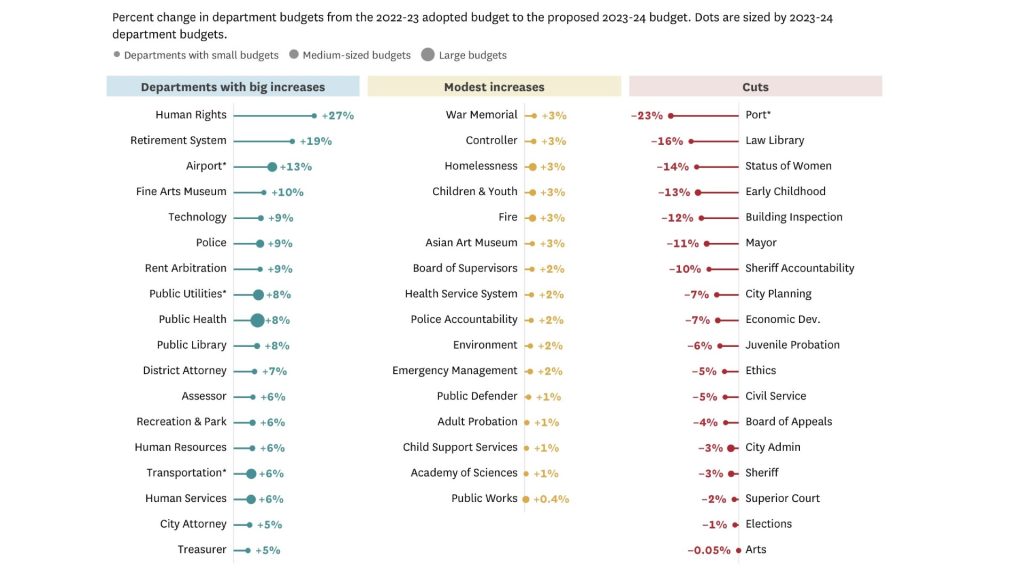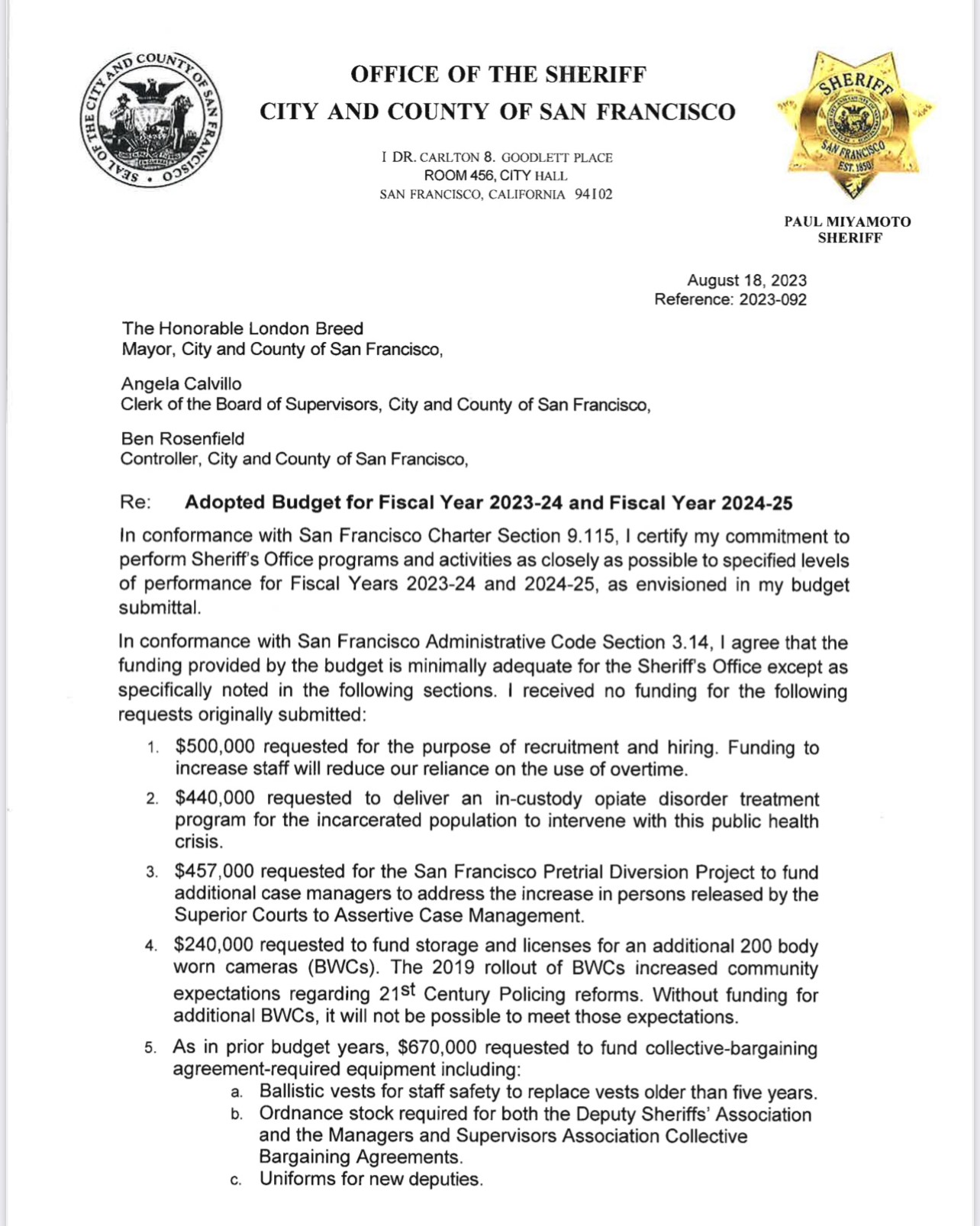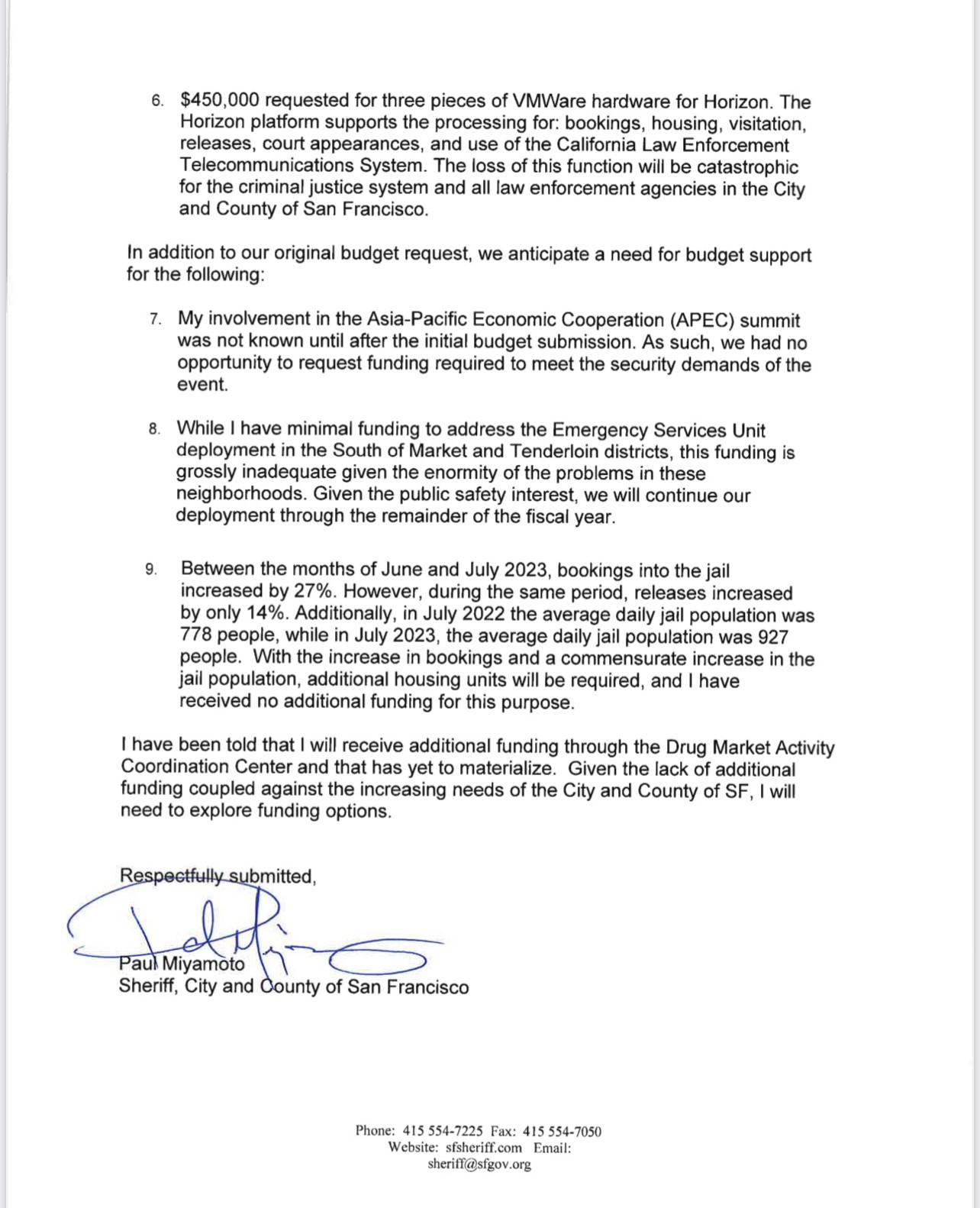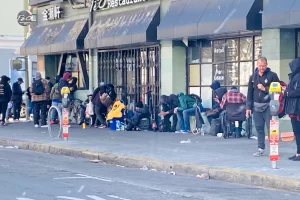Mayor London Breed’s contentious relationship with the Sheriff’s office in San Francisco has not only sparked a series of lawsuits but has also triggered a financial burden on taxpayers, amplifying concerns about public safety and the welfare of incarcerated people within the county jails. The repercussions of Mayor Breed’s alleged hostility towards the Sheriffs have become increasingly evident, as budget cuts and staffing shortages have resulted in deteriorating jail conditions, mounting legal battles, and a glaring imbalance in the city’s public safety funding.
The degrading conditions within the county jails have prompted a wave of lawsuits filed by prisoners, highlighting the pervasive issues of poor living standards, compromised safety measures, and the absence of adequate healthcare provisions. These legal actions underscore the distressing impact of the Mayor’s purported animosity towards the Sheriff’s office, revealing a systemic neglect of fundamental human rights and a failure to uphold the basic standards of inmate welfare.

As a result of these troubling circumstances, the city has faced mounting legal fees and settlements, as lawsuits filed by inmates continue to surface, with many resulting in successful verdicts against the city administration. The financial implications of these legal battles have created a substantial burden on taxpayers, underscoring the urgent need for a comprehensive reassessment of the city’s approach to public safety funding and correctional facility management.
Furthermore, the stark contrast in budgetary allocations, with the Sheriff’s office facing funding cuts while the police and fire departments enjoy increased financial support, has raised questions about the Mayor’s priorities and the equitable distribution of resources. This unbalanced approach to public safety budgeting has not only widened the gap between various law enforcement entities but has also significantly strained the city’s resources, forcing taxpayers to bear the brunt of mounting legal costs and compromised public safety standards.
In light of these challenges, it is imperative for city officials to prioritize the restoration of a balanced and collaborative approach to public safety funding and jail facility management. Addressing the grievances between the Mayor’s office and the Sheriff’s office, along with a comprehensive overhaul of budget allocations, is crucial to ensuring the effective functioning of the jail system and the overall well-being of all residents in San Francisco. Only through a concerted effort to bridge the gap and foster a unified approach to public safety can the city begin to mitigate the financial strain and uphold the rights and dignity of its residents.





 Mayor London Breed’s strategic defunding of the Sheriff’s Department in San Francisco has ignited concerns among law enforcement officials and citizens alike. Operating under the radar, these silent defunding measures, such as the denial of the longevity incentive proposal on May 15th, 2023, and disproportionate budget cuts, are adversely impacting the department’s staffing levels and compromising public safety. Let’s examine these covert actions and their potential ramifications on the Sheriff’s Department.
Mayor London Breed’s strategic defunding of the Sheriff’s Department in San Francisco has ignited concerns among law enforcement officials and citizens alike. Operating under the radar, these silent defunding measures, such as the denial of the longevity incentive proposal on May 15th, 2023, and disproportionate budget cuts, are adversely impacting the department’s staffing levels and compromising public safety. Let’s examine these covert actions and their potential ramifications on the Sheriff’s Department. Operant conditioning, a psychological concept that examines how behavior is influenced by consequences, has far-reaching implications in various aspects of our lives. In the realm of criminal justice, the application of operant conditioning principles can have profound effects on the mindset of offenders. This article delves into the concerning issue of San Francisco’s lenient approach to offenders who violate the conditions of their electronic monitoring and the San Francisco Pretrial Diversion Project. By exploring the inadvertent reinforcement of wrong behavior through operant conditioning, we shed light on the significant impact this leniency has on the criminal mindset and its implications for public safety.
Operant conditioning, a psychological concept that examines how behavior is influenced by consequences, has far-reaching implications in various aspects of our lives. In the realm of criminal justice, the application of operant conditioning principles can have profound effects on the mindset of offenders. This article delves into the concerning issue of San Francisco’s lenient approach to offenders who violate the conditions of their electronic monitoring and the San Francisco Pretrial Diversion Project. By exploring the inadvertent reinforcement of wrong behavior through operant conditioning, we shed light on the significant impact this leniency has on the criminal mindset and its implications for public safety.
 The alarming increase in crime rates throughout San Francisco can be directly attributed to Mayor London Breed’s misguided ideology of manipulating the jail population, resulting in a concerning number of bed vacancies. Recent revelations shed light on the concerning consequences of this flawed approach and the urgent need for change.
The alarming increase in crime rates throughout San Francisco can be directly attributed to Mayor London Breed’s misguided ideology of manipulating the jail population, resulting in a concerning number of bed vacancies. Recent revelations shed light on the concerning consequences of this flawed approach and the urgent need for change.